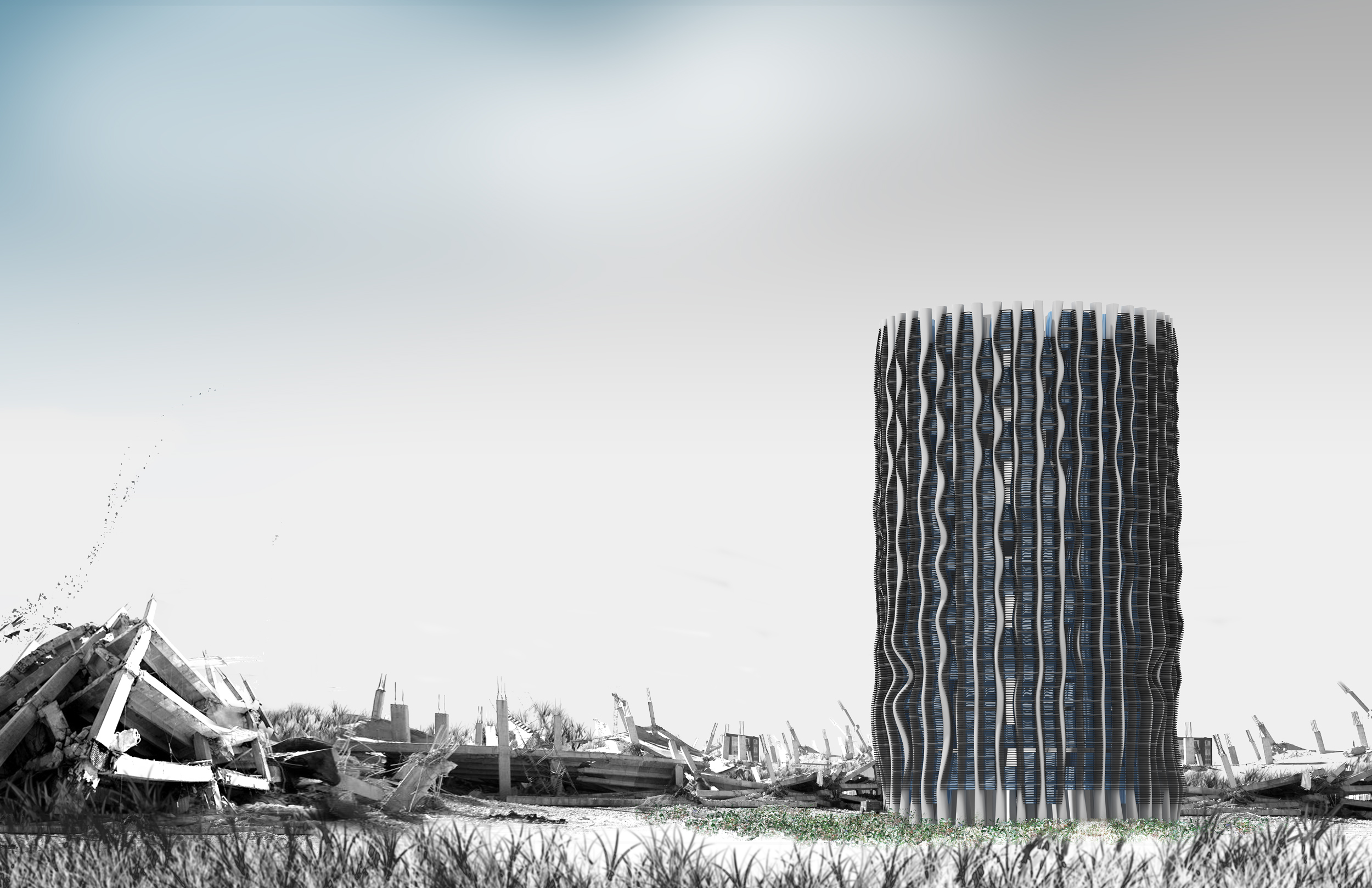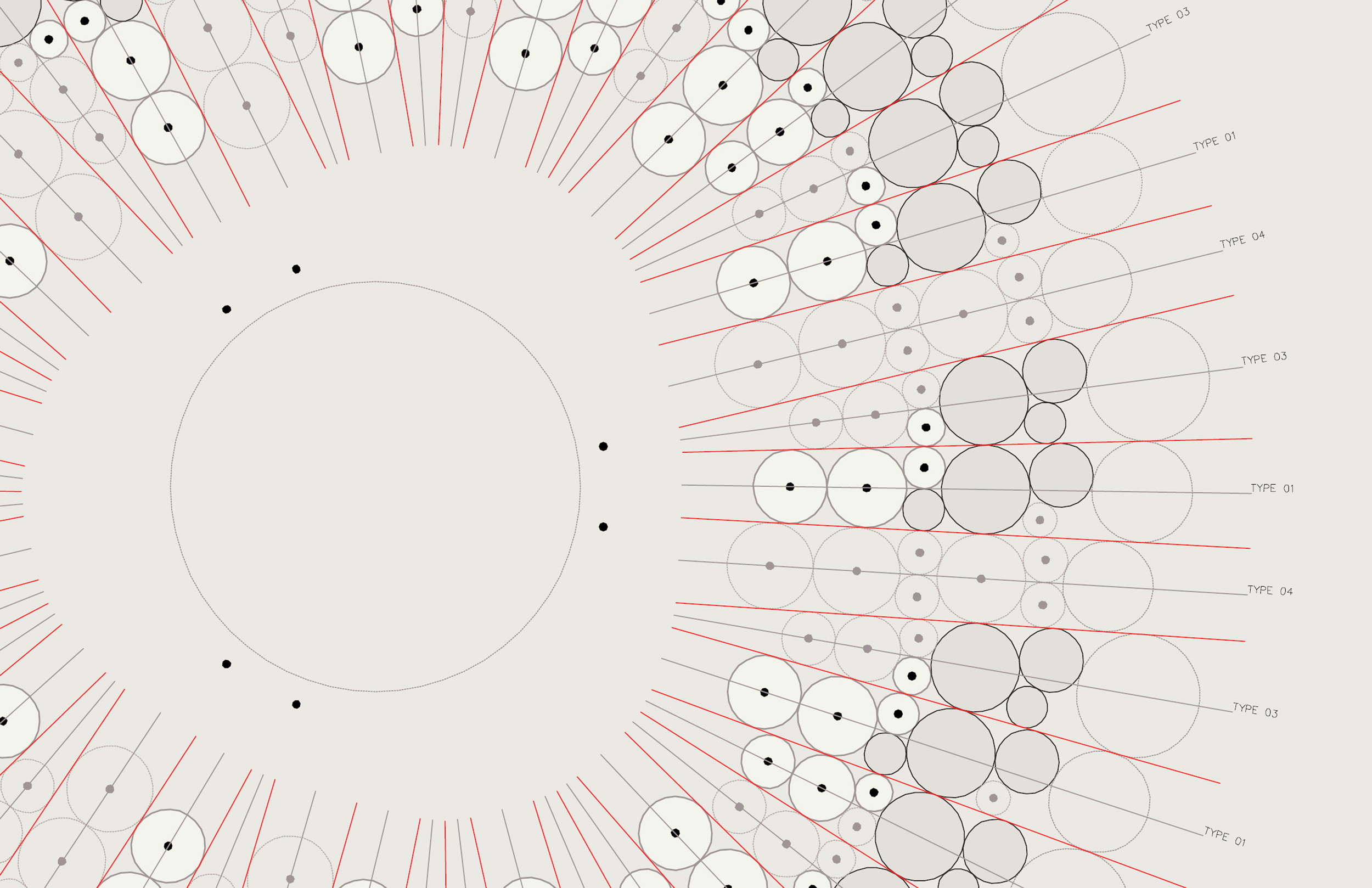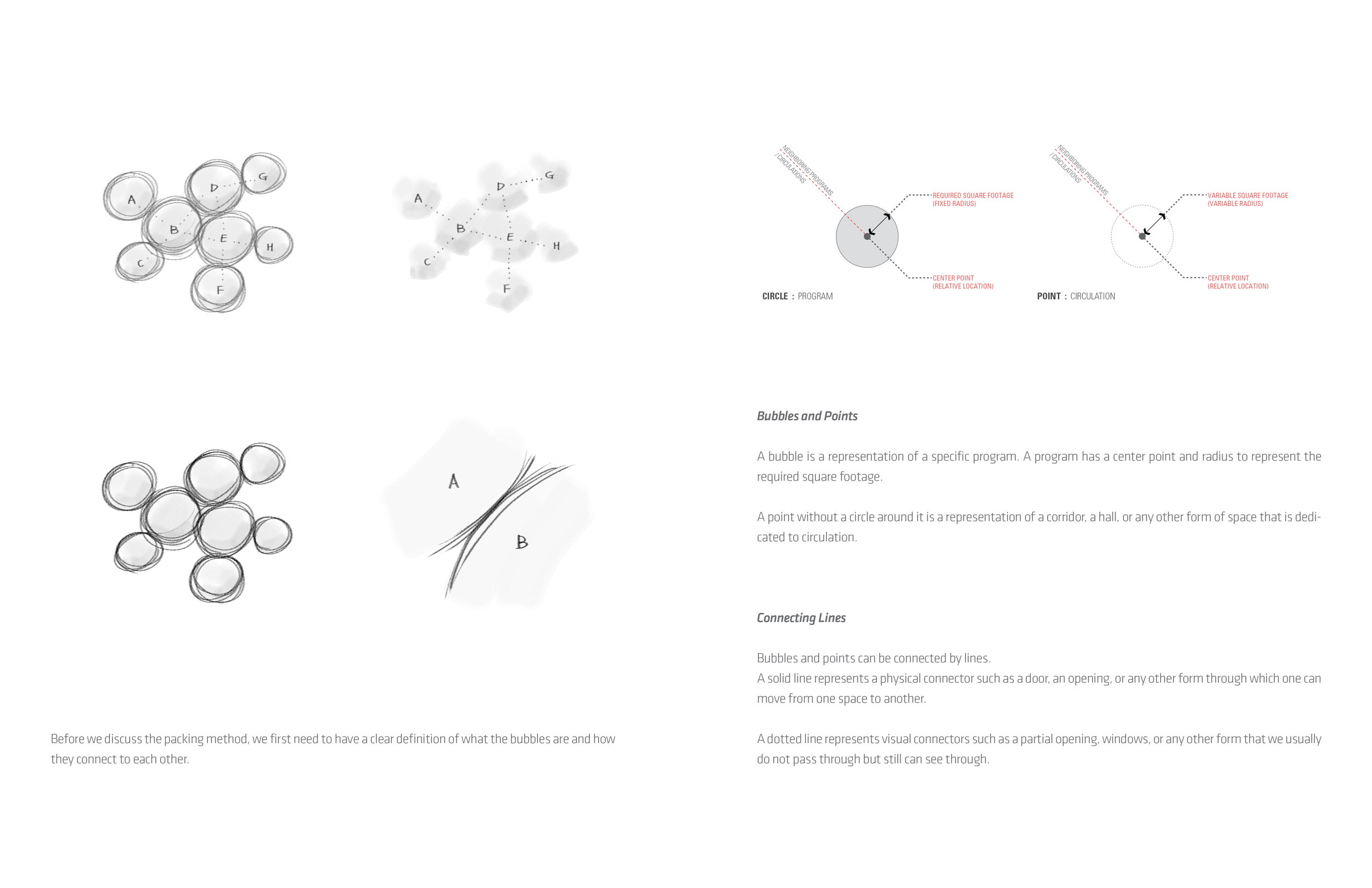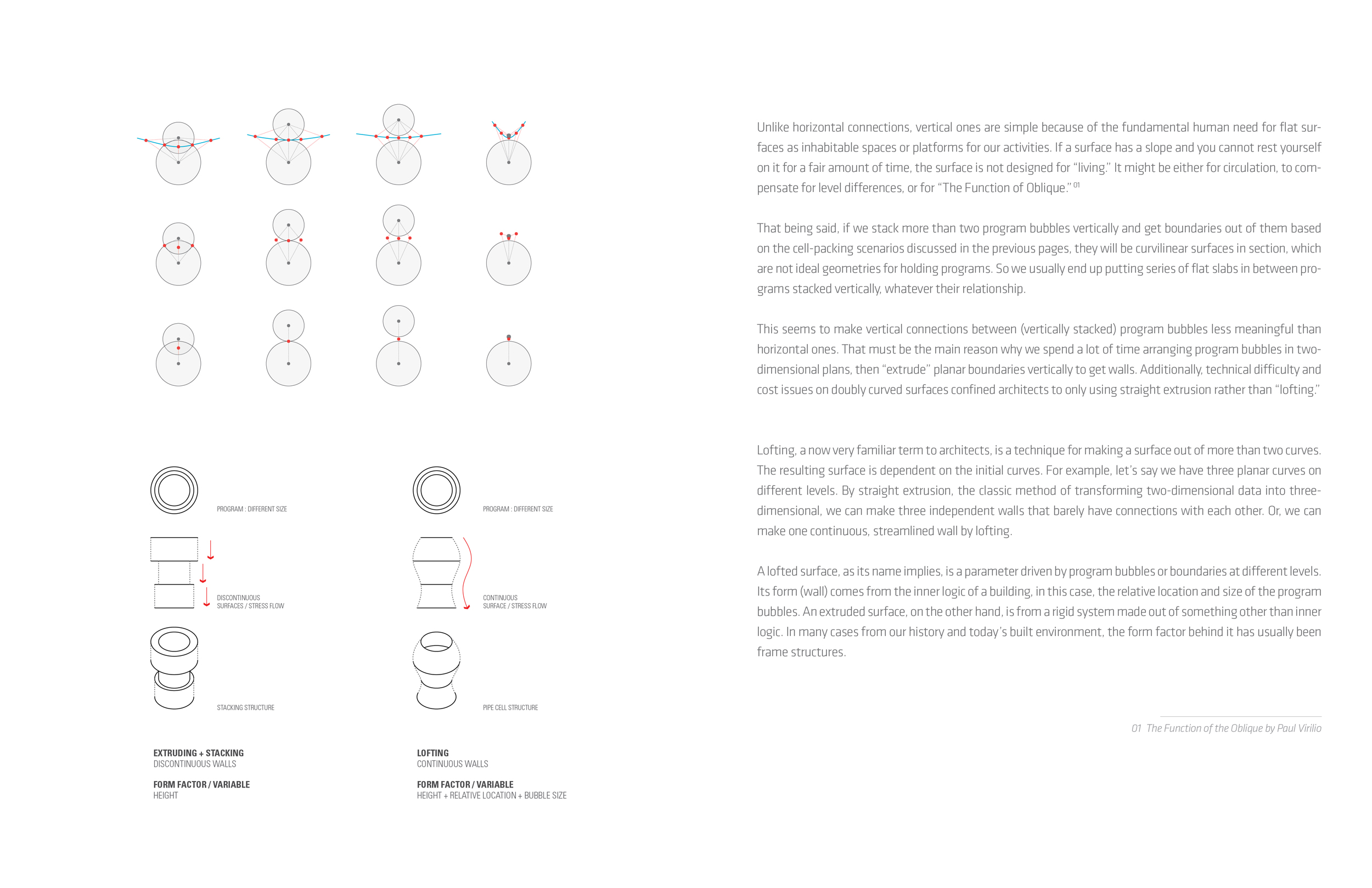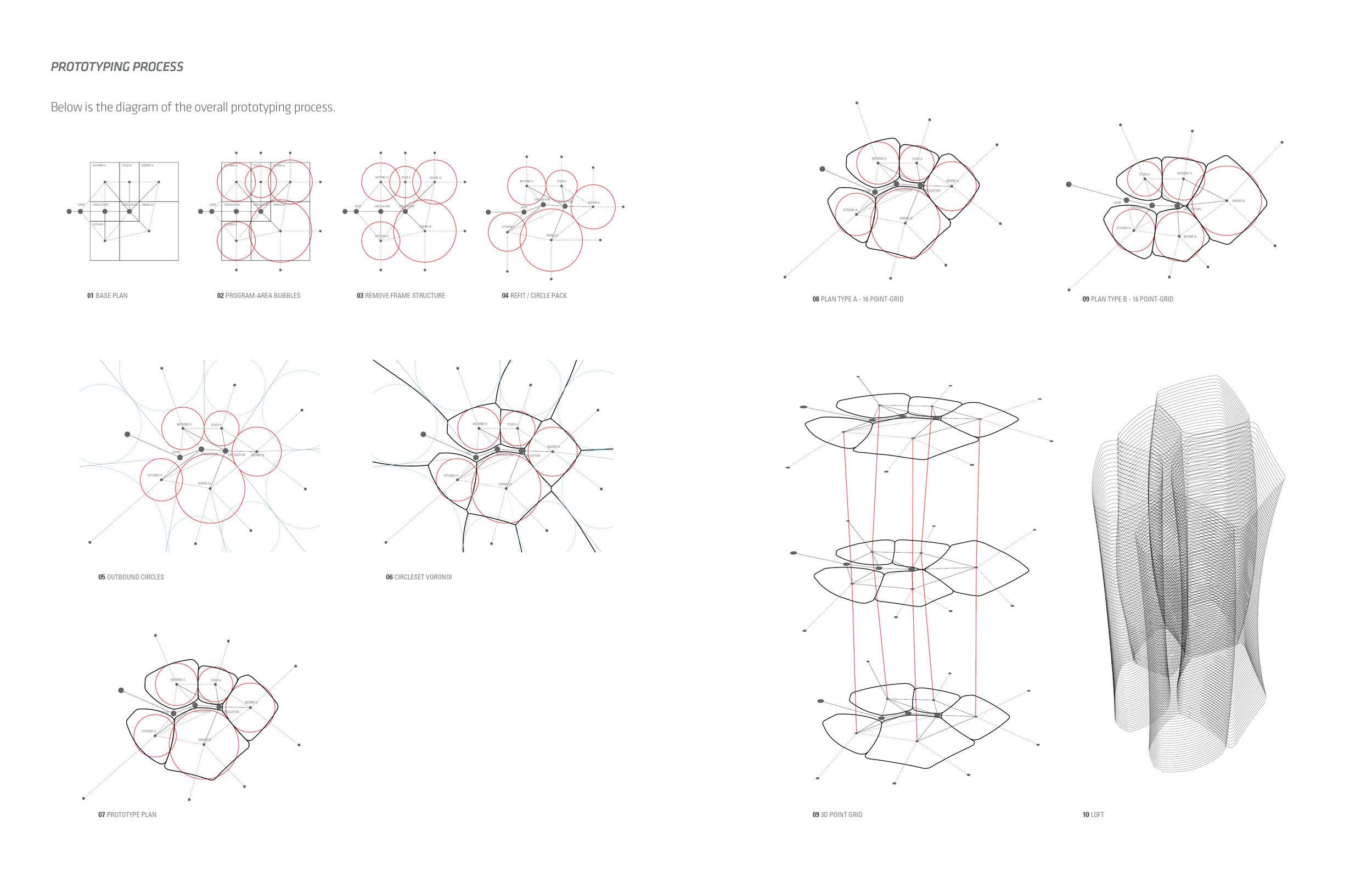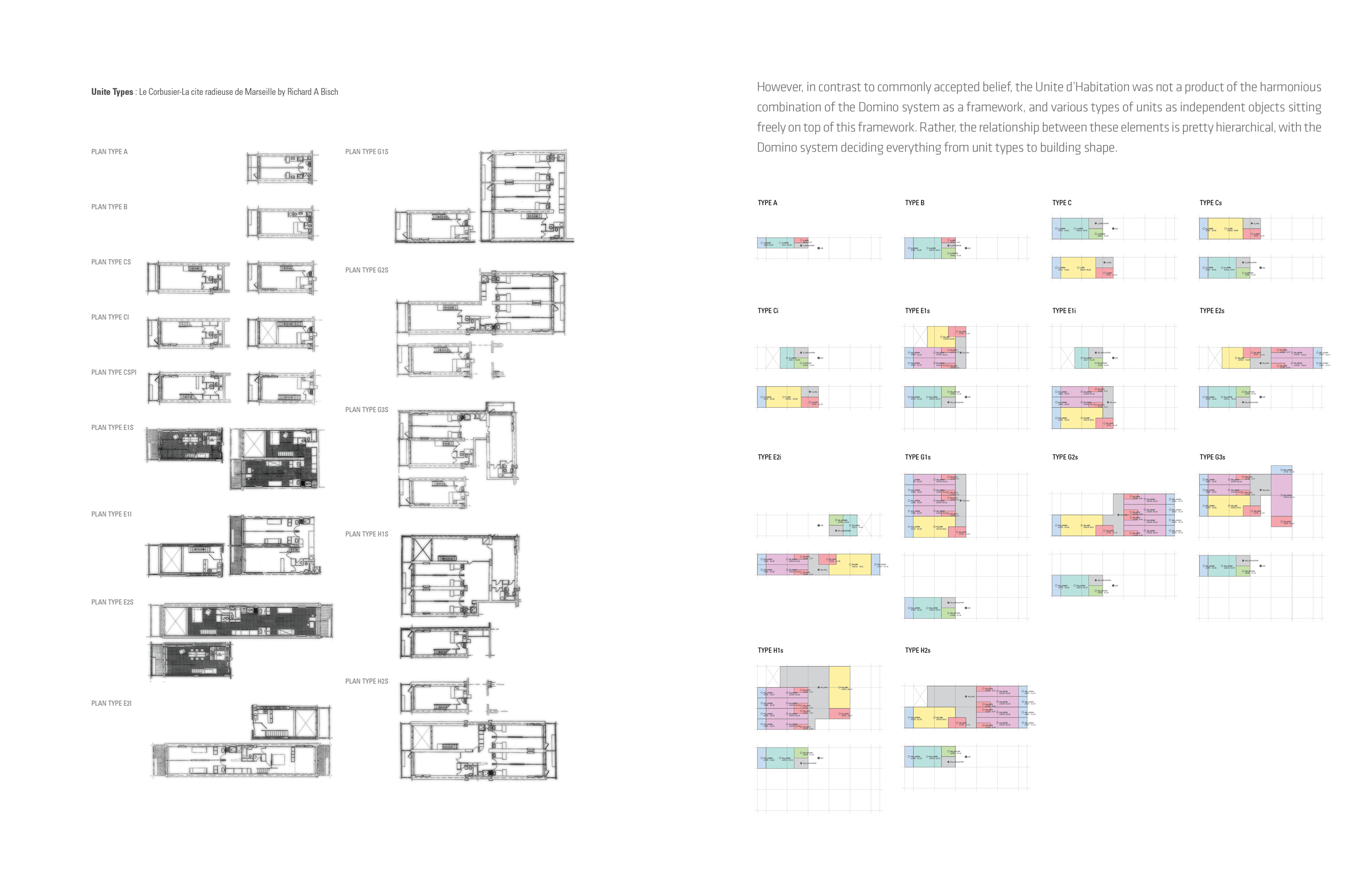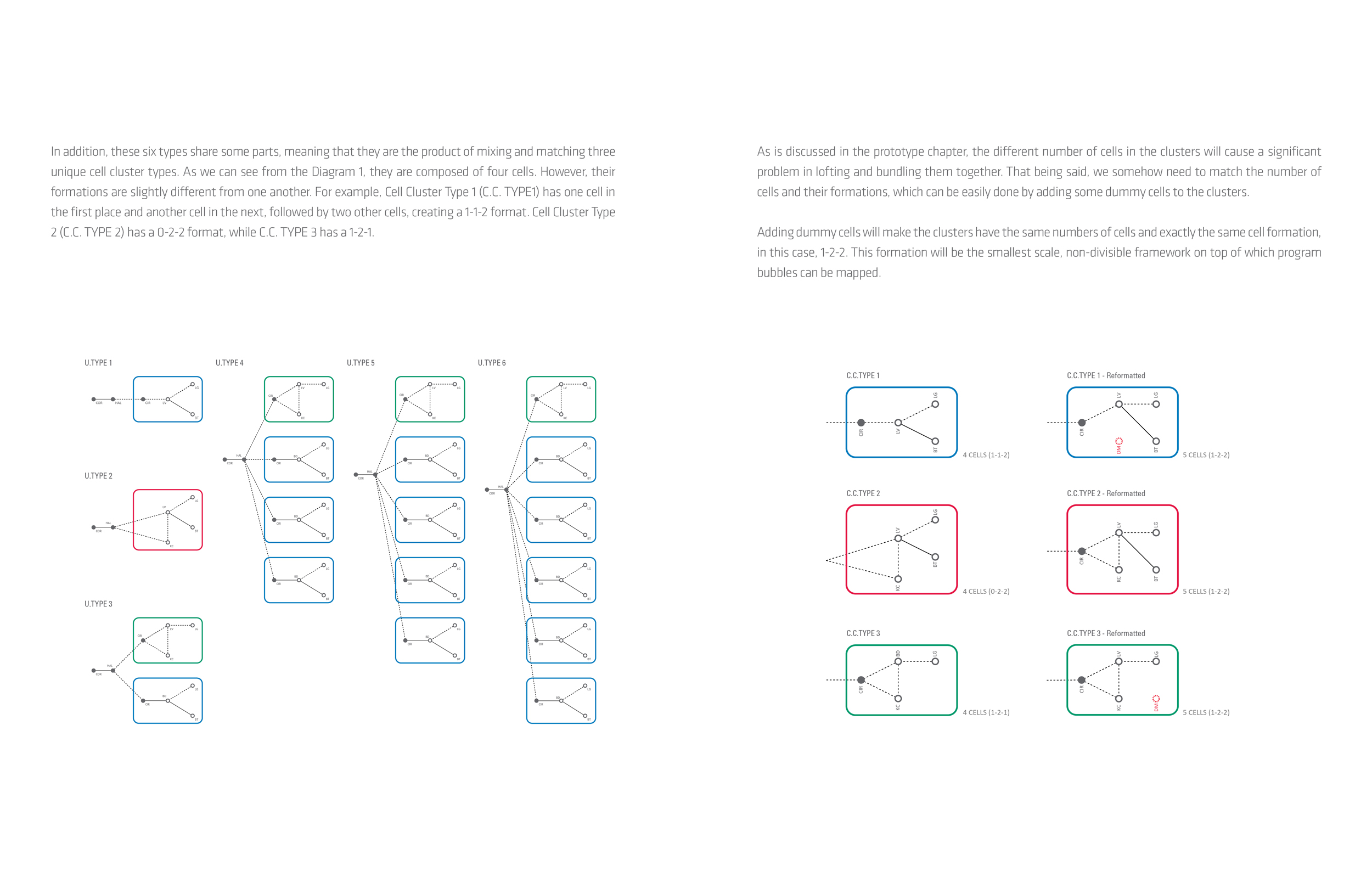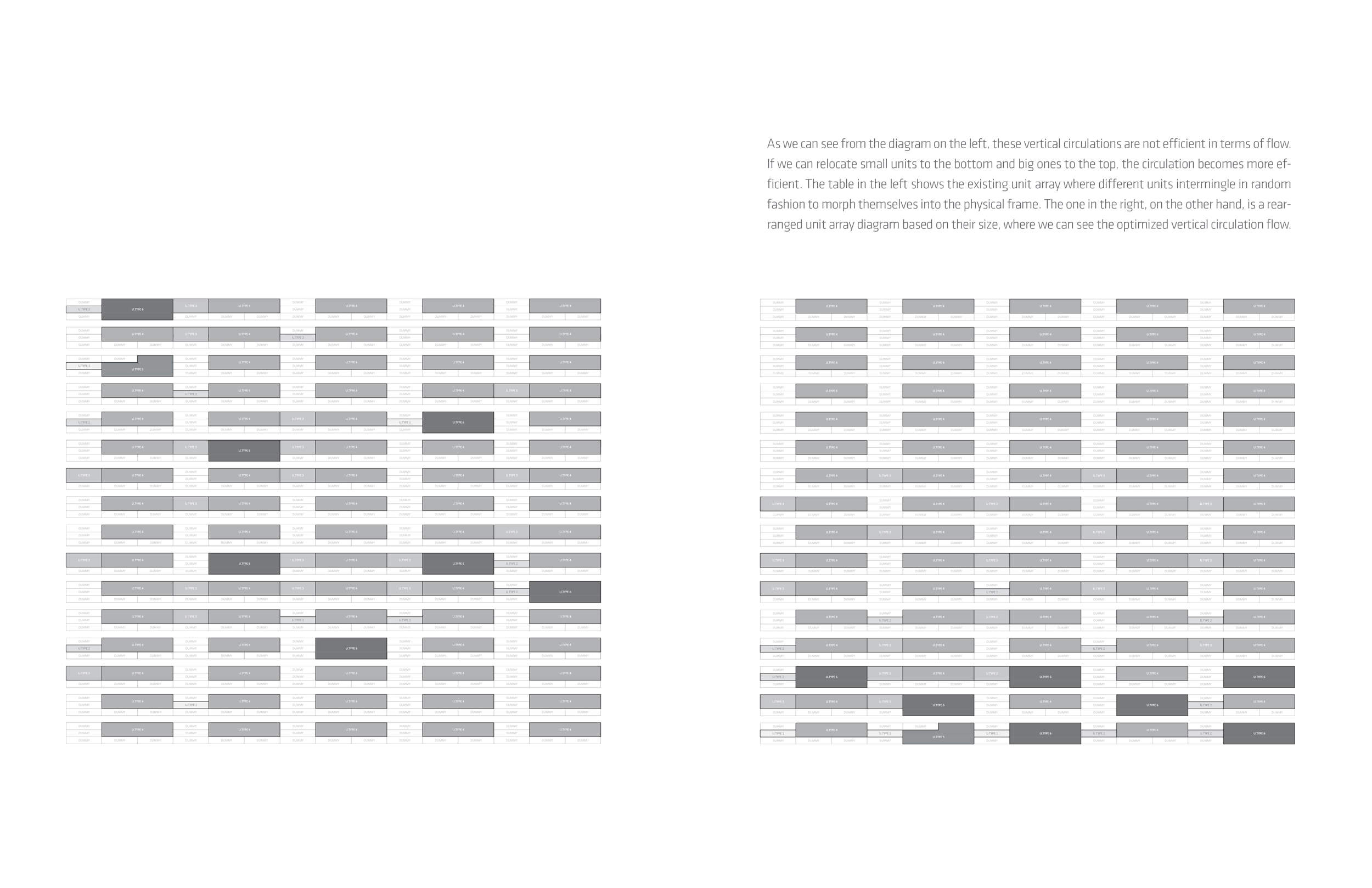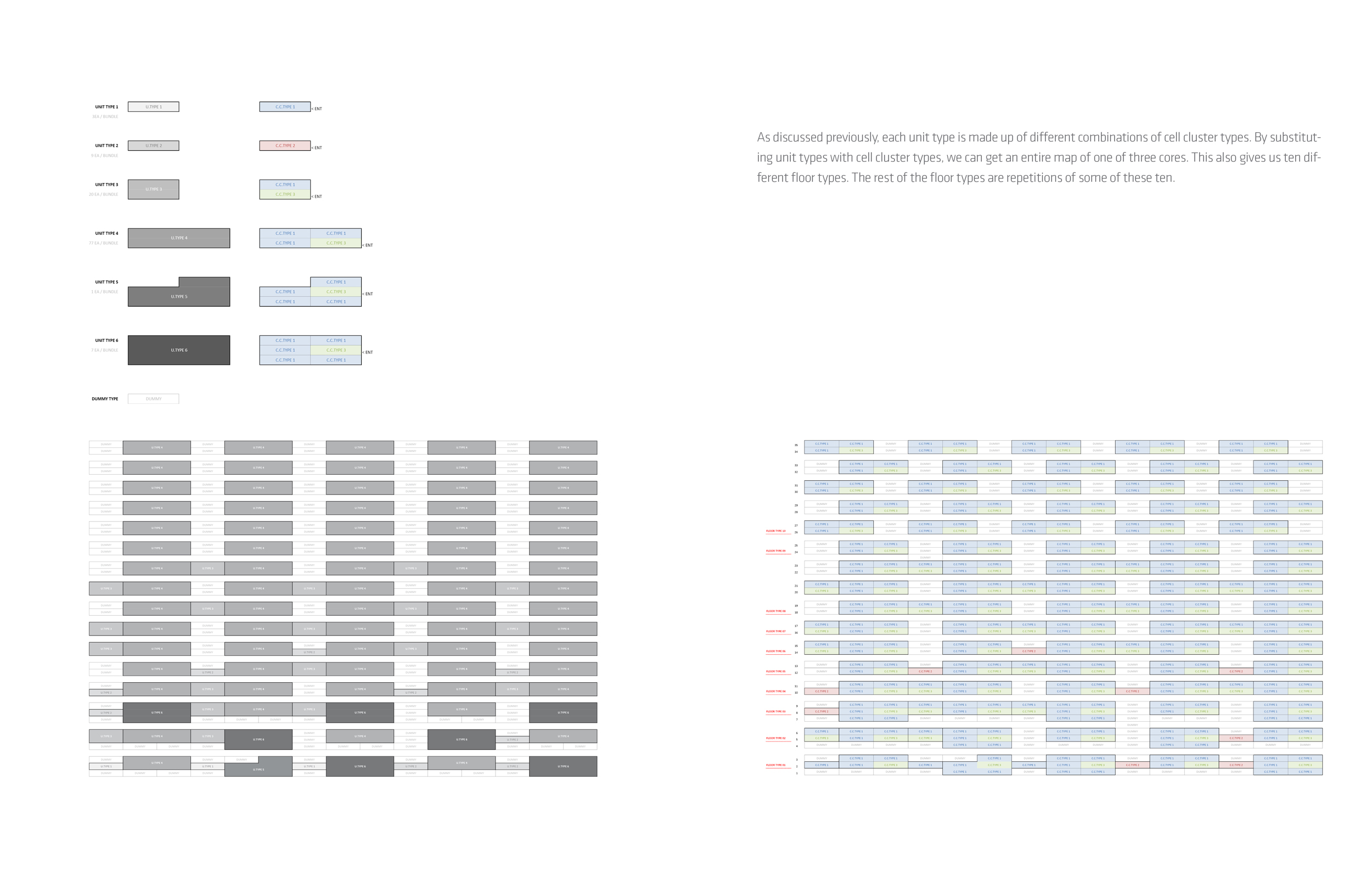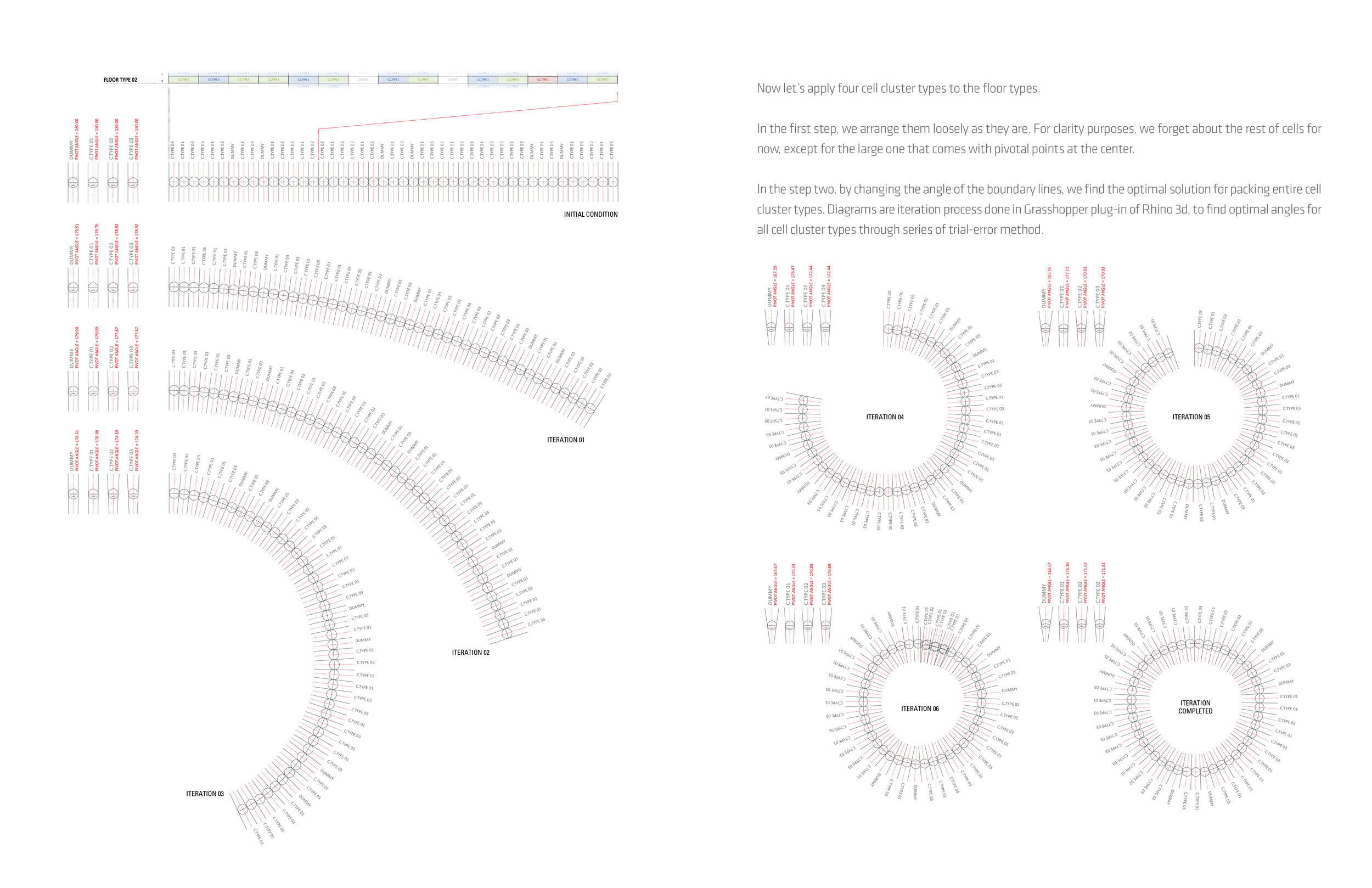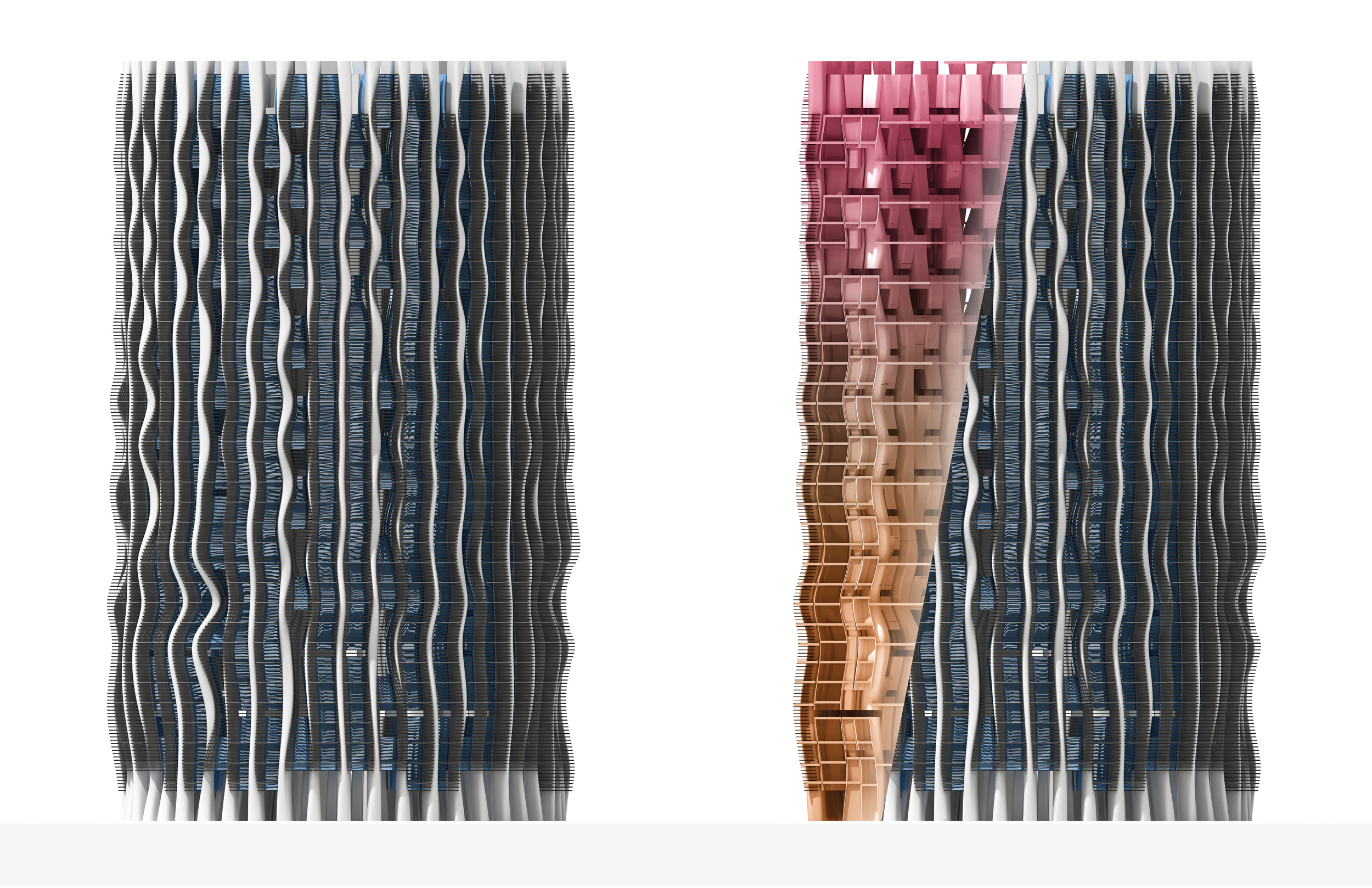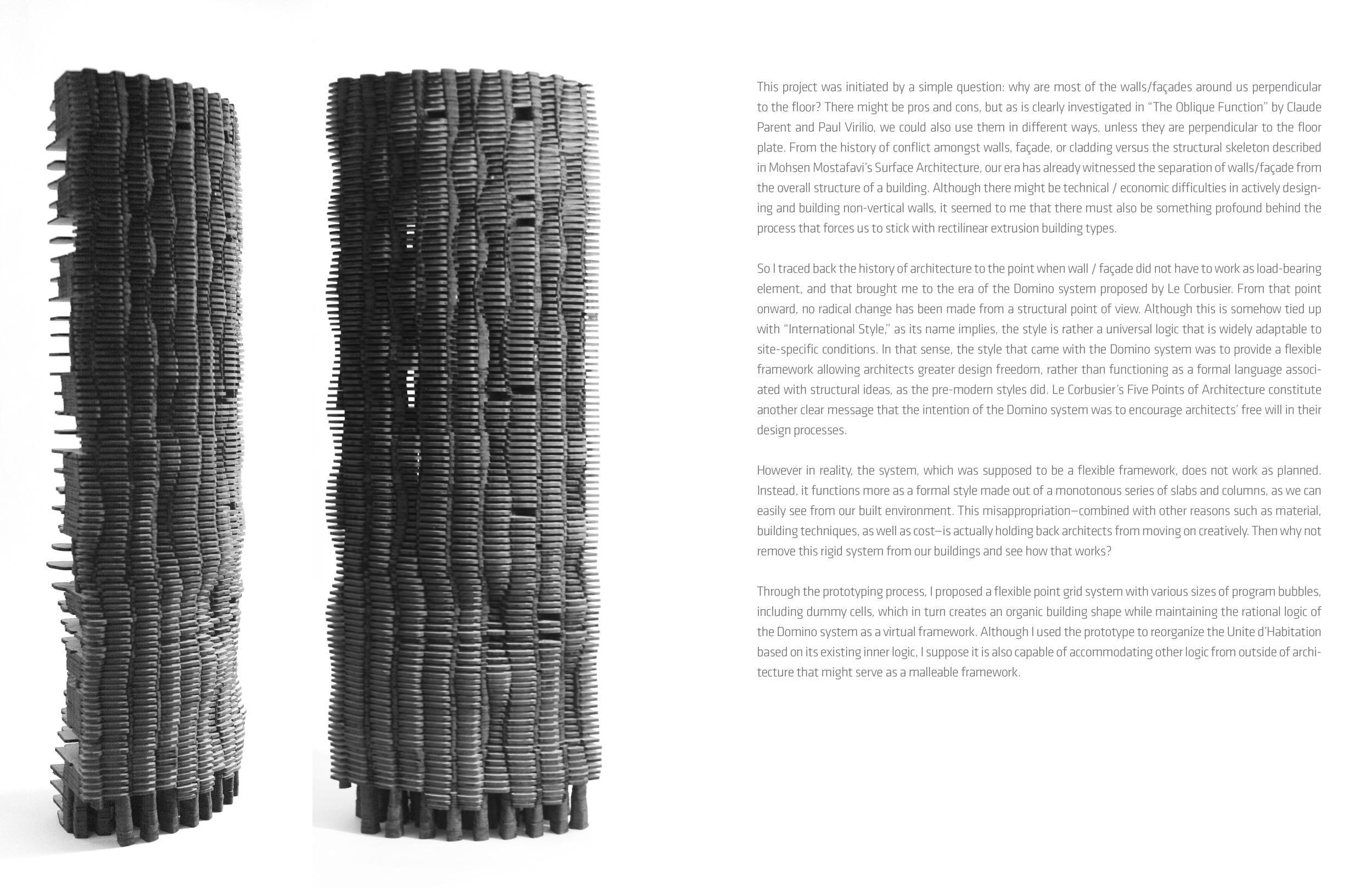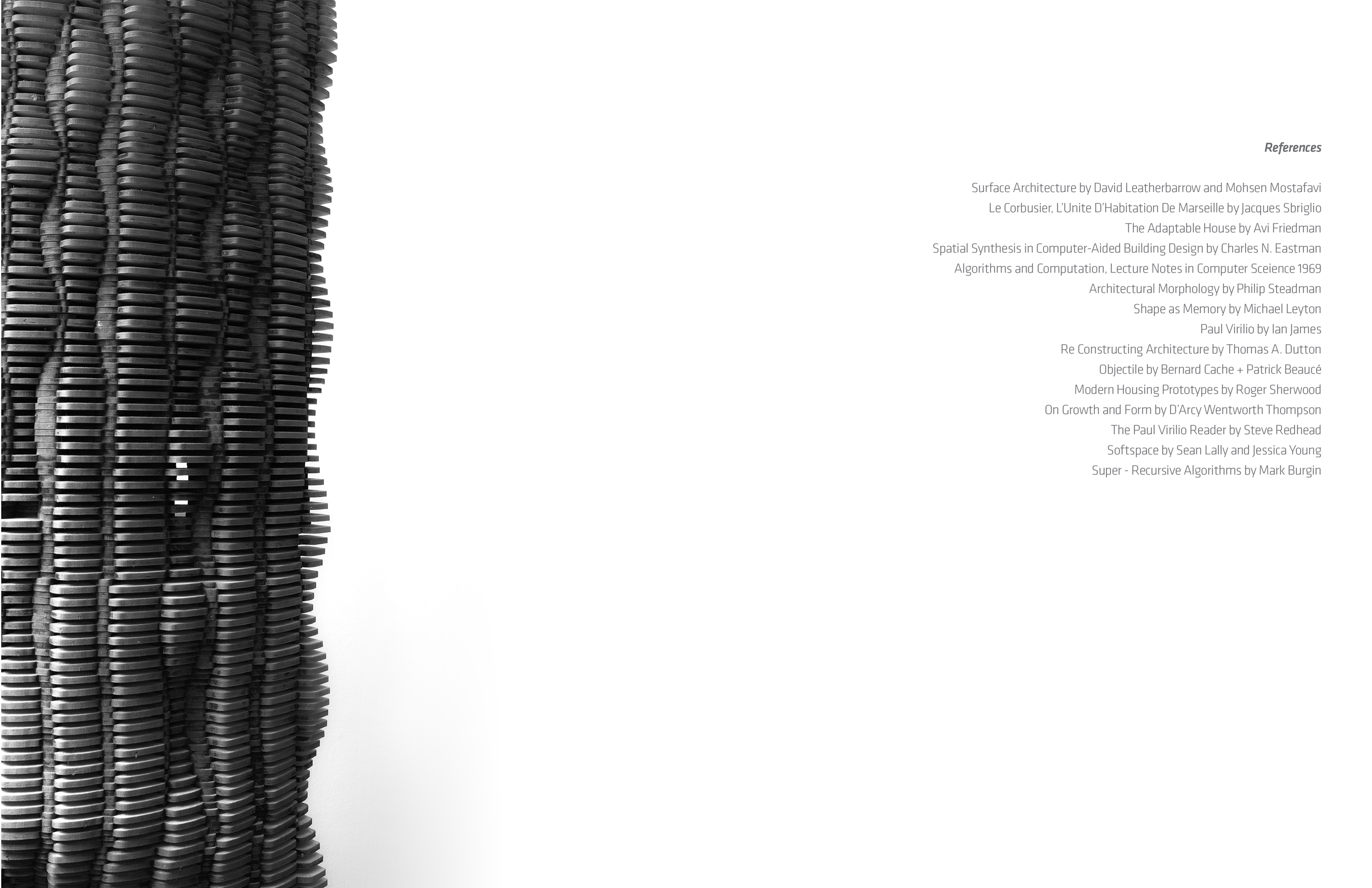Reorganizing Effect
The frame developed in Chicago is to modern architecture what the column was to classic architecture. In his account, not only is the frame the catalyst of modern architecture but it has even become modern architecture, appearing when not even structurally necessary. – from Surface Architecture by Mohsen Mostafavi
This is the clear statement of what the frame (which is basically Domino System) means in modern architecture. The frame in modern architecture is the most hegemonic element. My thesis starts from the curiosity; what if we get rid of the frame from our modern living machines?
This project was initiated by a simple question: why are most of the walls/façades around us perpendicular to the floor? There might be pros and cons, but as is clearly investigated in “The Oblique Function” by Claude Parent and Paul Virilio, we could also use them in different ways, unless they are perpendicular to the floor plate. From the history of conflict amongst walls, façade, or cladding versus the structural skeleton described in Mohsen Mostafavi’s Surface Architecture, our era has already witnessed the separation of walls/façade from the overall structure of a building. Although there might be technical / economic difficulties in actively designing and building non-vertical walls, it seemed to me that there must also be something profound behind the process that forces us to stick with rectilinear extrusion building types.
So I traced back the history of architecture to the point when wall / façade did not have to work as load-bearing element, and that brought me to the era of the Domino system proposed by Le Corbusier. From that point onward, no radical change has been made from a structural point of view. Although this is somehow tied up with “International Style,” as its name implies, the style is rather a universal logic that is widely adaptable to site-specific conditions. In that sense, the style that came with the Domino system was to provide a flexible framework allowing architects greater design freedom, rather than functioning as a formal language associated with structural ideas, as the pre-modern styles did. Le Corbusier’s Five Points of Architecture constitute another clear message that the intention of the Domino system was to encourage architects’ free will in their design processes.
However in reality, the system, which was supposed to be a flexible framework, does not work as planned. Instead, it functions more as a formal style made out of a monotonous series of slabs and columns, as we can easily see from our built environment. This misappropriation—combined with other reasons such as material, building techniques, as well as cost—is actually holding back architects from moving on creatively. Then why not remove this rigid system from our buildings and see how that works?
Through the prototyping process, I proposed a flexible point grid system with various sizes of program bubbles, including dummy cells, which in turn creates an organic building shape while maintaining the rational logic of the Domino system as a virtual framework. Although I used the prototype to reorganize the Unite d’Habitation based on its existing inner logic, I suppose it is also capable of accommodating other logic from outside of architecture that might serve as a malleable framework.
Material / Fabrication
Cardboard / Laser CutYear
2008
